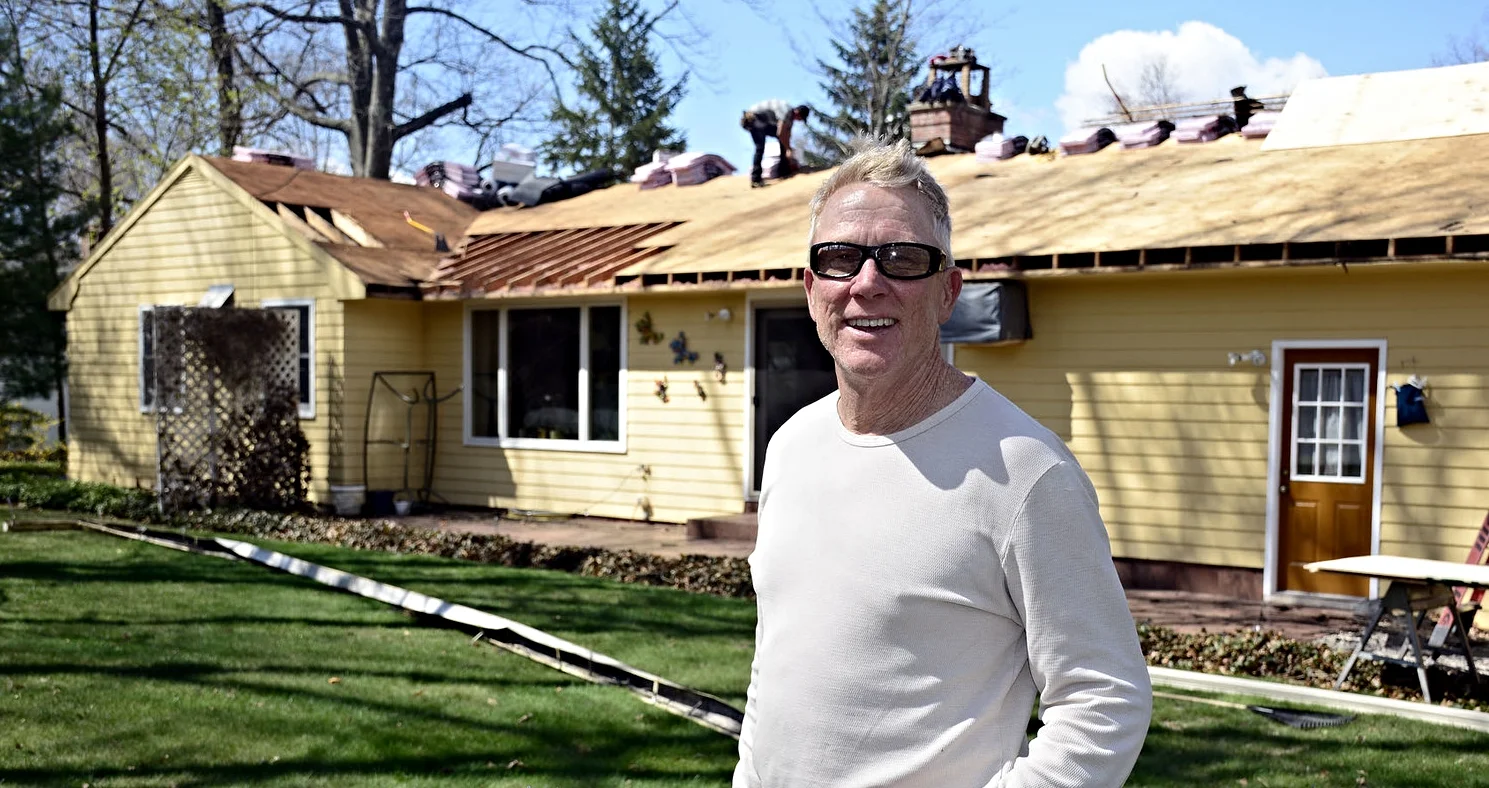Ten Summer DIY Projects for the Home
Chelsea O'Donnell
Summer is the perfect time to embark on some DIY projects that can transform your home and make it more inviting. Here are ten simple projects that will give your house a fresh new look without breaking the bank.
1. Repaint Your Front Door
A fresh coat of paint on your front door can instantly boost your home’s curb appeal. Choose a bold color that complements your home’s exterior. Clean the door, sand it down, apply a primer, and then paint. It's a quick weekend project that makes a big impact.
2. Add Outdoor Lighting
Enhance your outdoor space with new lighting. Solar-powered lights are easy to install and don’t require any wiring. Place them along pathways, around the garden, or on the patio to create a cozy and welcoming atmosphere in the evenings.
3. Create a Garden Path
A well-defined garden path can add structure and beauty to your yard. Use stepping stones, gravel, or pavers to create a simple path. Lay down landscape fabric to prevent weeds, then arrange your chosen materials. This project is both functional and decorative.
4. Build a Simple Outdoor Bench
An outdoor bench provides a perfect spot to relax. Using wooden boards, screws, and wood glue, you can build a sturdy bench. Sand it smooth and apply a weather-resistant stain or paint. Place it in your garden or on your porch for added charm.
5. Install Window Boxes
Window boxes filled with colorful flowers can brighten up the exterior of your home. Purchase or build wooden boxes, attach them securely under your windows, and fill them with your favorite summer blooms. It’s a simple way to add a touch of nature to your house.
6. Refresh Your Outdoor Furniture
Give your outdoor furniture a makeover with a fresh coat of paint or new cushions. Clean and sand the furniture, then apply a suitable outdoor paint. For a quick refresh, buy new cushions or recover existing ones with weather-resistant fabric.
7. Update Kitchen Hardware
Swapping out old cabinet handles and drawer pulls for new ones can modernize your kitchen. Choose a style that matches your decor, unscrew the old hardware, and install the new pieces. It’s an inexpensive update that makes a big difference.
8. Create a Vertical Garden
If you’re short on space, a vertical garden is a great solution. Use a wooden pallet, wall-mounted planters, or hanging pots to grow herbs, flowers, or succulents. Attach the structure to a sunny wall and enjoy your new green space.
9. Paint an Accent Wall
An accent wall can add a pop of color to any room. Choose a wall that acts as a focal point, select a vibrant paint color, and get to work. This project can be completed in a day and will give your room a fresh, new look.
10. Install New Light Fixtures
Updating light fixtures can significantly enhance your home’s interior. Replace outdated fixtures with modern designs that match your decor. Make sure to turn off the electricity before starting, and follow the manufacturer’s instructions for installation.
These ten DIY projects are perfect for giving your house a facelift this summer. They are simple enough to be completed over a weekend and will make your home more beautiful and enjoyable. So grab your tools, get creative, and transform your living space with these easy updates.
Bob O’Donnell is the owner of O’Donnell Bros. Inc., a Bristol-based home improvement company established in 1975. Email your questions for Bob to info@odonnellbros.com with the subject line “Ask the Pro.” All questions may be considered for publication. To contact Bob for your remodeling needs, call O’Donnell Bros. Inc. at (860) 589-5155 or visit http://www.odonnellbros.com. Advice is for guidance only.
